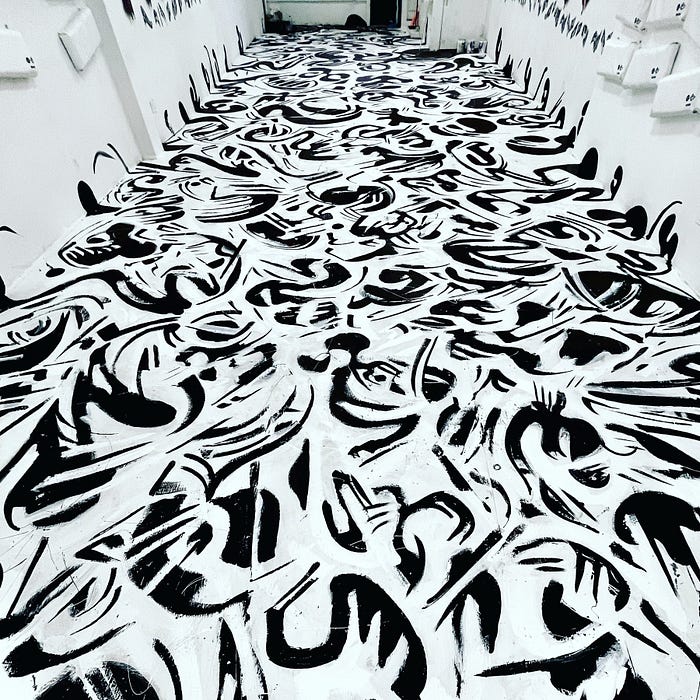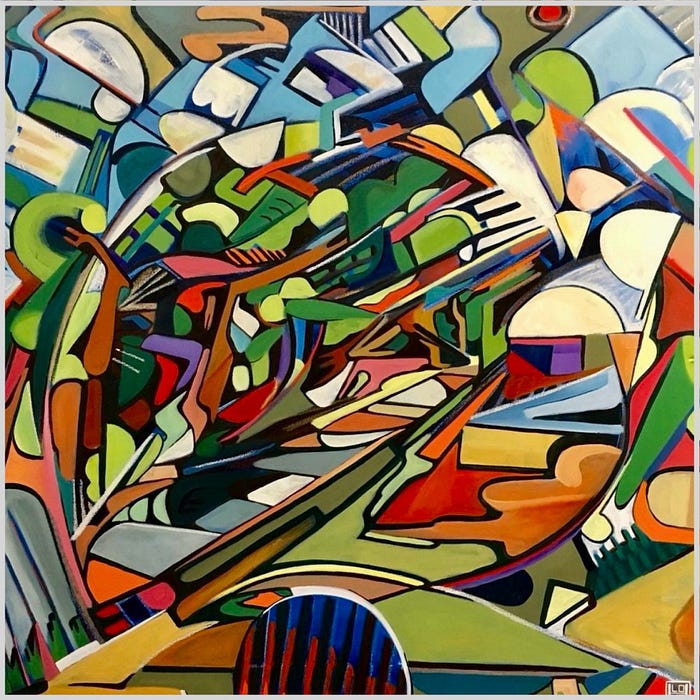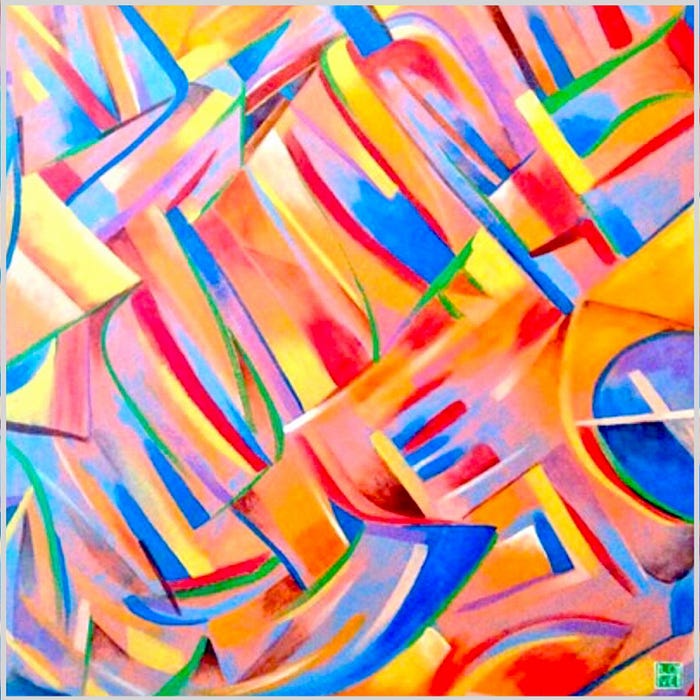Interpretable Reality and Art

Interpretable Reality and Art
“Some of the greatest Art teaches us to embrace uncertainty, not resolution. It does so by allowing us to see it through the different self we are from moment to moment, while it remains unchanged.” — Harrison Love
The concept of Interpretable Reality (IR) highlights the power of ambiguity and polysemy — the presence of multiple meanings within a single work — as essential tools for engaging audiences, fostering personal connection, and ensuring the longevity of artistic expression. By leaving space for individual interpretation, artists create works that are not static but evolving dialogues, capable of shifting meaning across different contexts, cultures, and generations.
Art that resists singular definition encourages the active participation of the viewer, engaging their imagination, memory, and personal experiences in the process of meaning-making. Neuroscientific research supports this idea, suggesting that when individuals encounter ambiguity in art, their brains become more engaged and dynamic, as they must construct their own interpretations. Studies on cognitive processing have shown that the default mode network — a system in the brain linked to introspection and creative thinking — is activated when individuals experience open-ended or abstract imagery (Frontiers in Psychology). This process not only makes the experience of the artwork more memorable but also allows it to resonate on a deeply personal level.

“The deliberate use of ambiguity in art is a strategy that ensures its enduring impact.”Philosopher Albert Camus captured this sentiment, stating:
“The artist constantly lives in such a state of ambiguity, incapable of negating the real and yet eternally bound to question it in its eternally unfinished aspects.”
This quality allows a piece to remain relevant over time, as each viewer and era discovers new meanings within it. Artworks that incorporate Interpretable Reality do not function merely as representations of the artist’s intent but as platforms for dialogue, where meaning is co-created between artist and audience.

Few contemporary artists embody the principles of Interpretable Reality as effectively as Harrison Love. The “Bright Futurism,” series within his work operates as a new visual language, designed not to dictate meaning but to compel viewers into an active process of interpretation. Rather than imposing a fixed narrative, Love’s paintings within the series function as fluid spaces of meaning, where abstraction, mark-making, and form interact in ways that evoke different associations for each viewer.
His compositions balance control and spontaneity, embracing the paradox of structured ambiguity — a technique that invites the audience to navigate their own path through the work. In this way, his paintings act similarly to a Rorschach test, where the impressions of the observer shape the meaning of the image rather than a singular authorial intent.
However, what distinguishes Love’s work from purely abstract or gestural painting is his command of technical skill and form. His background in calligraphy and his deliberate approach to mark-making provide an aesthetic discipline that anchors his compositions within the realm of fine art. His fluid gestures are not merely spontaneous; they are executed with precision, allowing the artwork to retain a sense of intentionality even as it remains open to multiple readings.

By integrating the principles of Interpretable Reality with a mastery of form, Love creates paintings that are both aesthetically rigorous and conceptually expansive. His work demands the engagement of perception and cognition, compelling the viewer to participate in the meaning-making process. In doing so, he ensures that his art remains dynamic, resisting singular interpretation and instead inviting continual rediscovery.
This fusion of ambiguity and mastery elevates Love’s work beyond abstraction for abstraction’s sake. It ambitiously attempts to demonstrate how art can remain vital and engaging by allowing viewers to see, think, and feel for themselves.

References:
Bibliography
Artworks by Harrison Love are all referenced from the archive of www.harrisonlove.com
• Camus, Albert. The Myth of Sisyphus. Gallimard, 1942.
• “Default Mode Network and Artistic Interpretation.” Frontiers in Psychology, 2017. https://www.frontiersin.org/journals/psychology/articles/10.3389/fpsyg.2017.01857/full.
• “Polysemy.” Art and Popular Culture Encyclopedia. http://www.artandpopularculture.com/Polysemy.
• Kant, Immanuel. Critique of Judgment. Translated by Werner S. Pluhar, Hackett Publishing, 1987.


Comments
Post a Comment